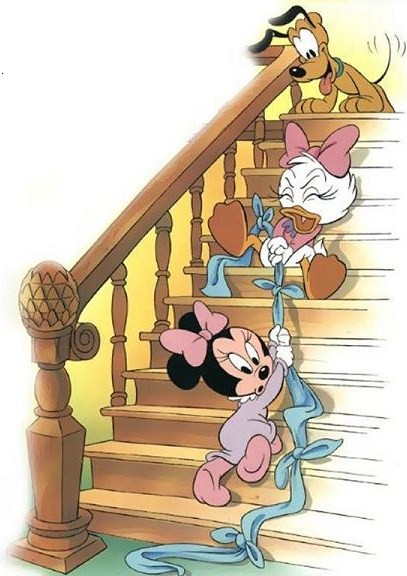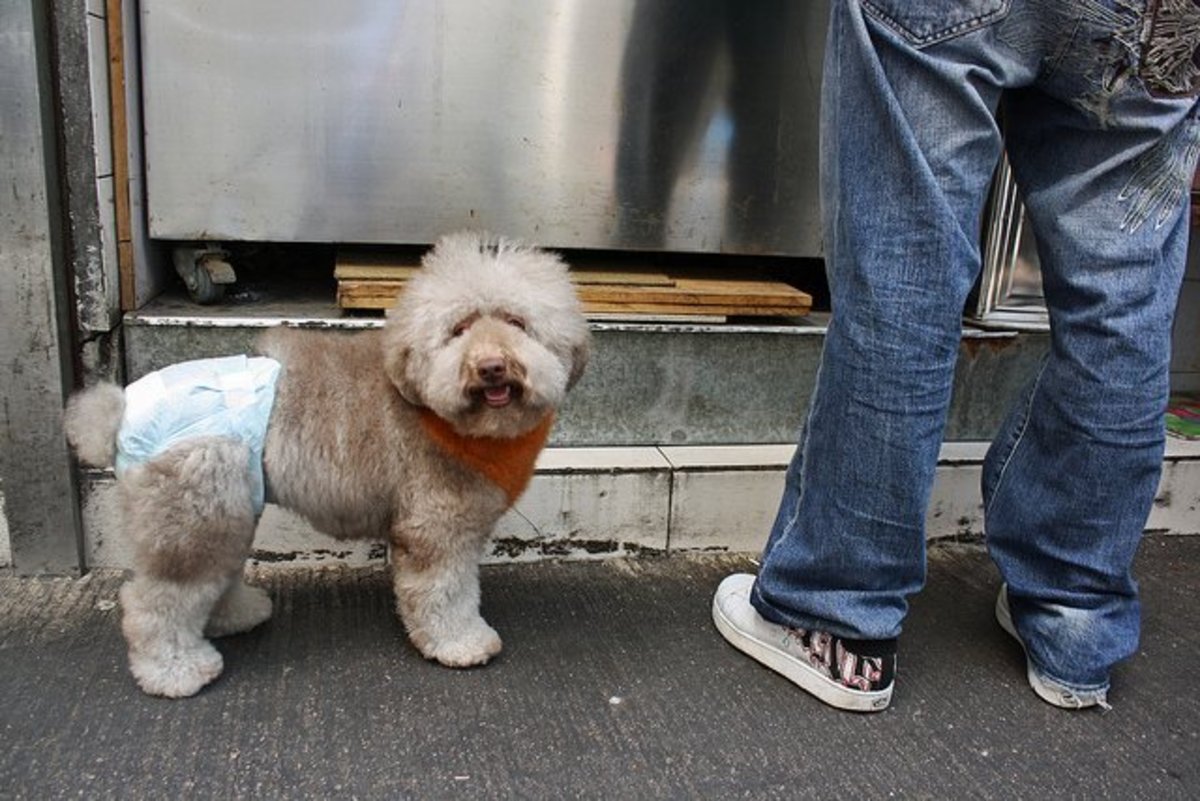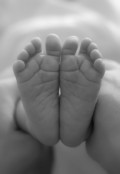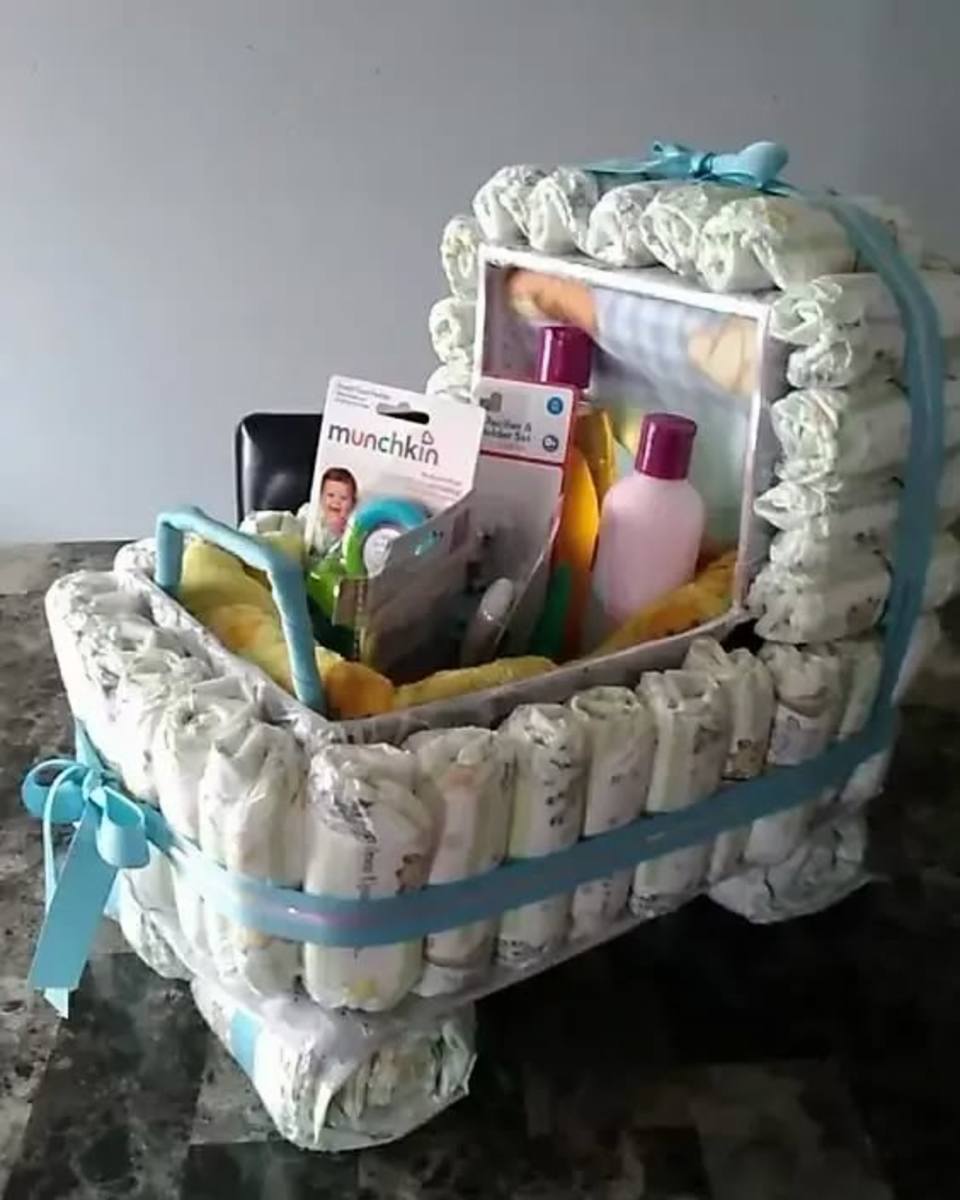Cloth Diapers and Babies
A Bit of History
Diapering babies until they can be potty trained is as old as time itself. The term "diaper" , or as it is called in the UK, Austrailia, and Ireland, "nappy" , is a piece of clothing worn by individuals who cannot control their natural bodily functions.
Maria Allen of the United States first began the production of cloth diapers in 1887. Diapers were made from a cotton material, and were kept on with a single safety pin fastened at the front of the diaper to hold it in place. It wasn't until the 1940s that people began to experiment with the idea of a disposable type of diaper. Disposable diapers were introduced into the United States in 1949.
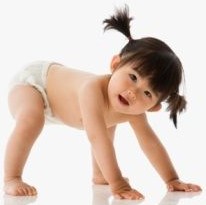
Better for Babies
Fewer Rashes
Cloth diapers can help to reduce the incidence of diaper rash in a variety of ways. Cloth diapers naturally breathe, and they encourage more frequent changing since they don't hide a wet bottom. Both of these characteristics are key factors in lowering the risk of diaper rash.
During those hot summer days, cloth diapers will be cooler because of their breathability. Many parents claim that their child seems more comfortable in cloth diapers, especially in hot weather.
Less Expensive
Many parents say that the overall cost savings is a huge advantage. For those who choose to buy a bulk of cloth diapers up front, the cost could be significant, yet very cost efficient in the long run. Parents who choose a diaper service can choose to purchase them in bundles that are ordered as needed instead of in bulk, this also saves time and energy spent laundering at home.
Safety Reasons
Disposable diapers contain sodium polyacrylate which is in the absorbent gel found in many disposable diaper brands. Sodium polyacrylate has been linked to cases involving allergic reactions, toxic shock syndrome, and it is a potentially fatal hazard for pets.A bleaching paper by-product, dioxin, is known to cause damage to the kidneys, liver, and to the central nervous system.
Fragrances found in disposable diapers have been reported to cause dizziness, rashes, and headaches. Choking hazards are a problem for babies that pull apart their diapers, sometimes placing tabs or plastic pieces in their mouths and noses. Other miscellaneous problems that have been reported from the use of disposable diapers includes: noxious odors, chemical burns, and ink staining the skin.
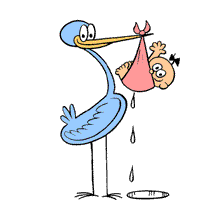
Tips for Preventing Leaks
Cloth diapers are a lot different than they were decades ago. With all of the available options, it's not hard to find just the right fit in diapers and covers for your baby. To prevent leakage, a few of the following tips may be helpful.
- Wash and dry diapers, at least twice, before using them the first time.
- The cloth diaper and diaper cover should fit snugly around the legs and waist to prevent leakage.
- Make sure to tuck any of the diaper up under the cover.
- The cloth diapers may not be absorbent enough. Be sure to choose an absorbency suited to your baby's wetting needs.
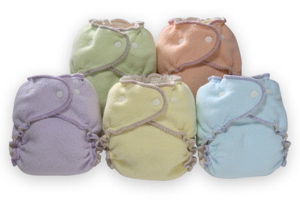
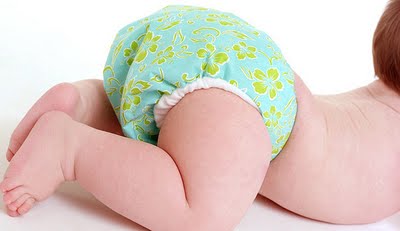
So Many Choices
With a variety of brands, styles, and choices cloth diapers have made a comeback. Some top brands include:
- Fuzzi Bunz
- gDiapers
- Rumpsters
- bumGenius
- Happy Heiny
- Gro Babies
- Bumkins
- Kushies
- Swaddlebees
- Thirsties
Parenting Articles
- Stress and the Stay at Home Parent
Stay at home parents are becoming more popular than in times past, and it's no wonder with the expense of childcare, and the hassle of finding someone trustworthy, that more parents are choosing to stay at... - Tips for Parents of Latchkey Kids
The term latchkey kids has been around since just after World War II. During wartime, many wives of the men in service had to work outside the home to make ends meet, leaving children at home alone after...
